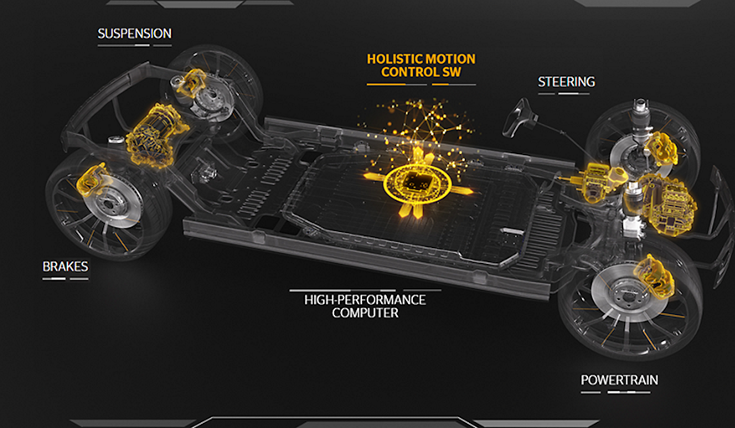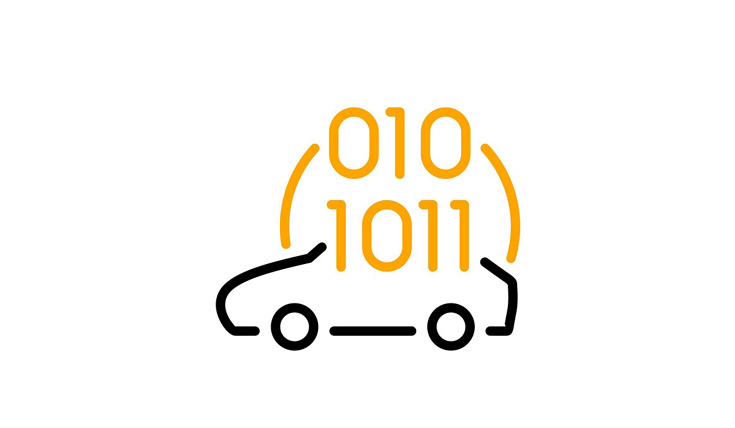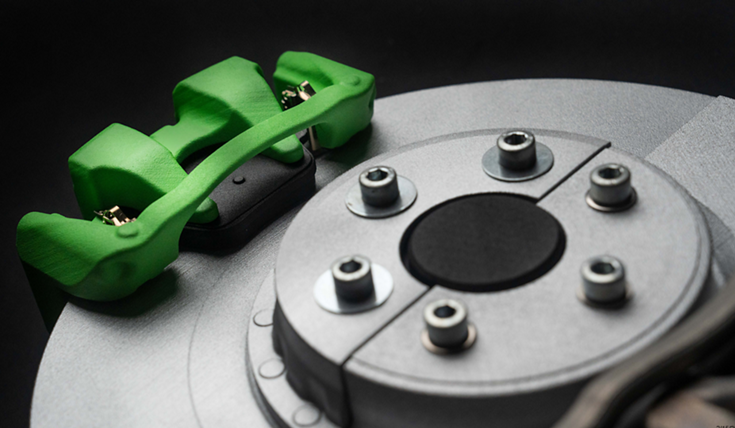Software defined vehicle (SDV) defines vehicles with features and functions that are primarily enabled by software. In the future, new functions can thus be activated individually according to the driver's needs. Examples are temporary services, functions, or apps. Software updates therefore enable contract and pricing models in which new functions are offered as a service. As a subscription or for individual purchase.
The vehicle can communicate with its environment, collect data during real operation and send it to the cloud. Based on this data, functions and services can be continuously improved and loaded into the vehicle via over-the-air updates (OTA).
Trends such as electrification, automation and connectivity are primarily enabled by software. Many drivers expect the vehicle to be fully integrated into their digital world. As with a smartphone, for example, new functions should constantly be available for their vehicle. This challenge also holds opportunities: With regular updates, the value of the vehicle over its entire life cycle can not only be maintained, but also increased.
Historically, in distributed vehicle architectures the individual driving function was closely coupled to the motion actuators in the vehicle. In future architectures a unified interface, actuator agnostic is decoupling the driving function from the specific actuator and vehicle setup. This command center to orchestrate all vehicle motion actuators for longitudinal, lateral, and vertical control is Continentals Holistic Motion Control.
Holistic Motion Control System
The benefits of a software defined vehicle
Continental enables the market trend of Software-defined Vehicle (SDV) in the context of Holistic Motion Control with smart sensors, central ECUs as well as (by wire) smart actuators and Application SW products (SWaaP) as a One Stop Shop.
Do you want to know more?
*If the contact form does not load, please check the advanced cookie settings and activate the functional cookies for the purpose of contact management.

)



